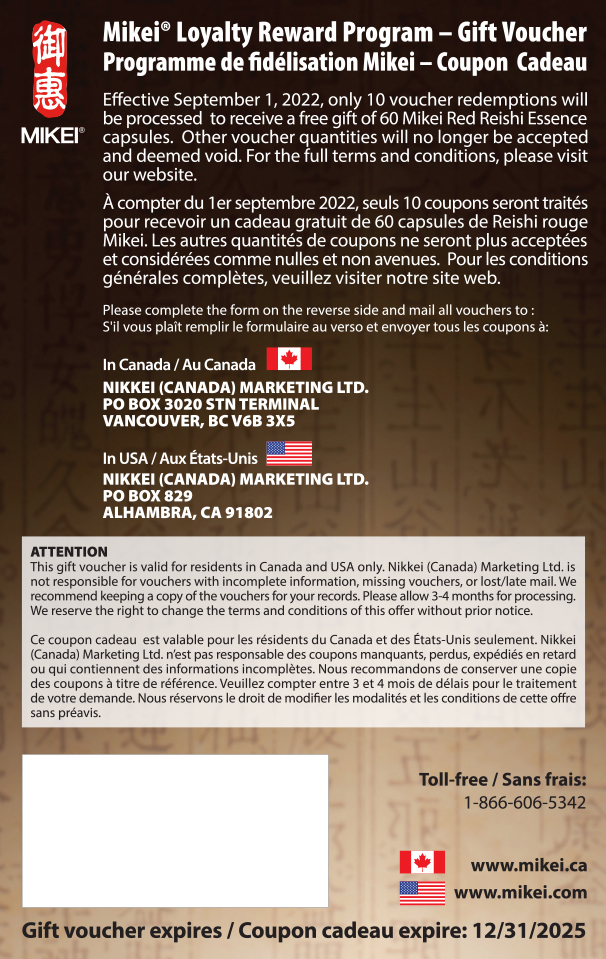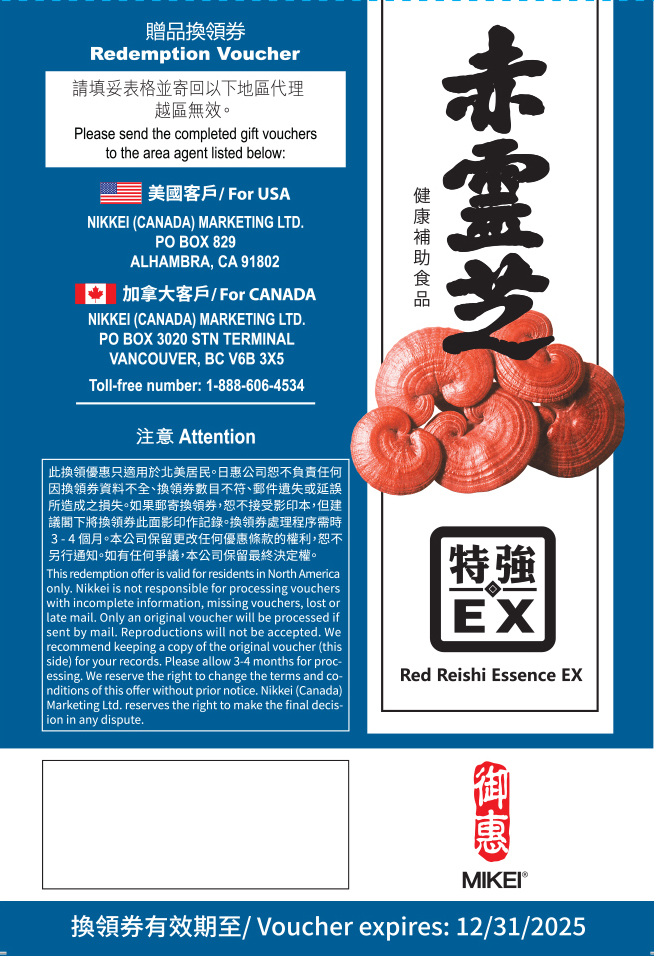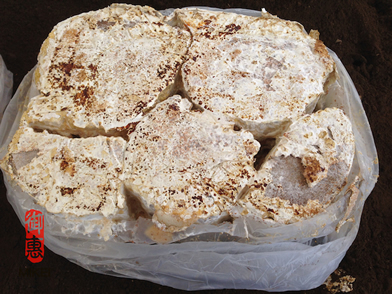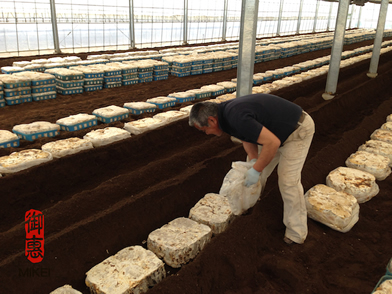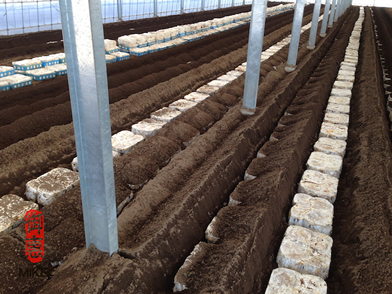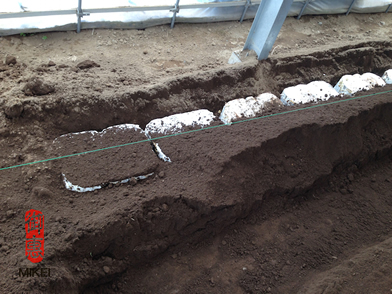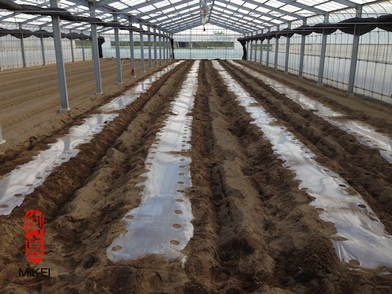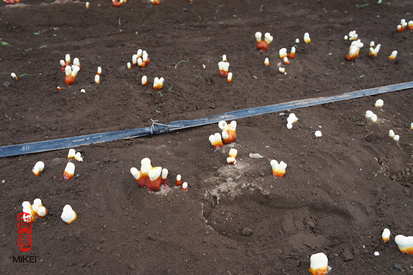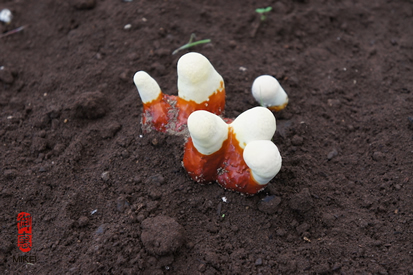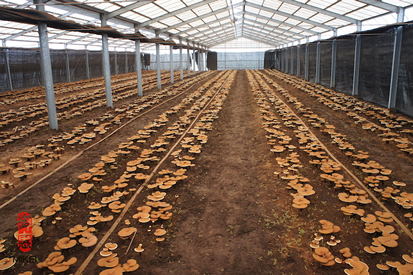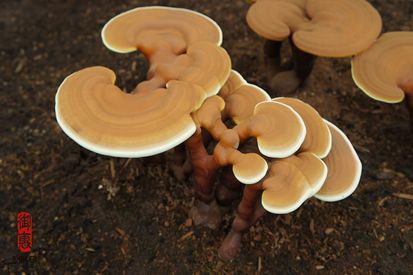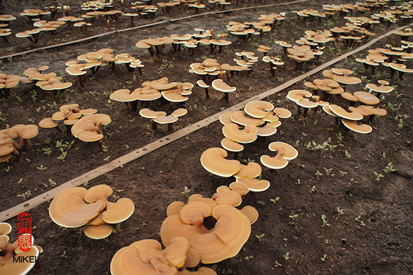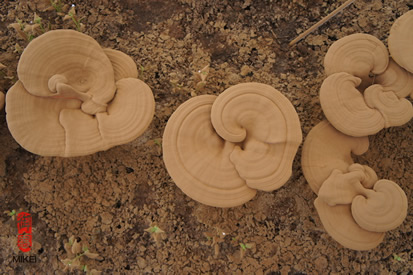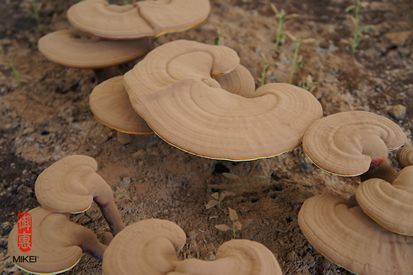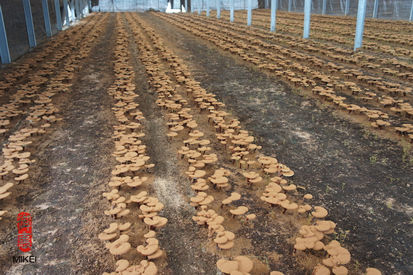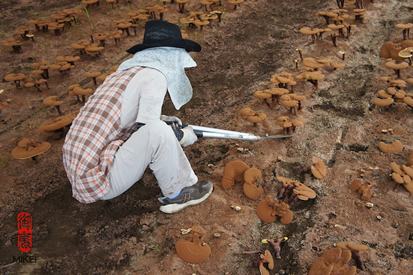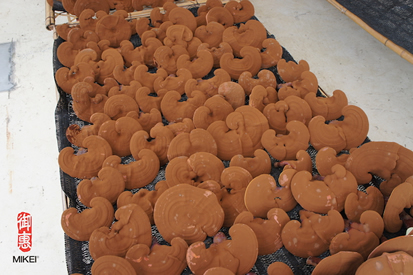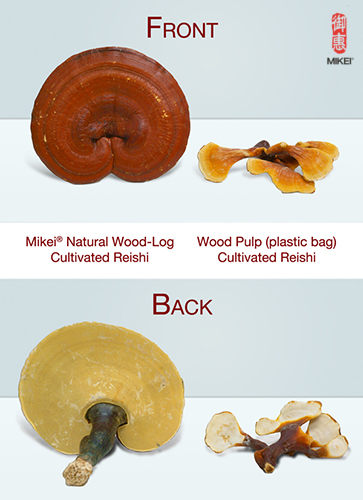Lorraine Hahn is an experienced journalist with over 20 years in the business. As a former anchor for CNN and CNBC, she covered their flagship programs that focused on the economic and political issues of Asia. Lorraine also produced her own television show, “Earth Factor Asia” and hosted a program called “Executive Golf.” Today, Lorraine sits down with us to talk about her career in journalism and share some of her health tips that have helped her adjust to the stresses of this industry.
With your success in media, what inspired you to pursue a career in journalism?
Actually, my career started as an accident. I needed a job in Hong Kong and a friend suggested I try getting a job at a local radio station. I had no experience since I studied English literature and business at university. Fortunately for me, the station decided to give me a chance as a cub reporter. That was in September 1989 and I haven’t looked back since.
Working with CNN provided you many opportunities to speak with high-profile interviewees. Who were some of the more memorable profiles to interview?
Oh there were so many interesting people I met and interviewed. Sir Elton John was fascinating because he shed so many stories about the struggles in his life. The former US secretary of state, Henry Kissinger was formidable. Tiger Woods was charming. But two of the more challenging interviews was with the late Lee Kwan Yew, who is known to be a very tough interviewee. He had a reputation to challenge your questions so you had to be super prepared. The other was my CNN world exclusive with then Malaysian Prime Minister Mahathir Mohammed.
Following your career with CNN, you produced your own program Earth Factor Asia. What prompted you to focus on environmental matters?
I thought at that time environmental issues were gaining interest so I decided to do a series that focused on the challenges Asia faced. One of the stories involved our team having to track the River Ganges from the Himalayas right down to Varanasi, which has been in the news recently because of pandemic. Despite the river being heavily polluted, the Indians believe the Ganges is sacred and they would bathe and drink from the river. They also place their dead in the water. However, when you reach the Himalayan area, the River Ganges is pristine.
Having experience as both a producer and a host, do you prefer being behind the scenes or in front of the camera?
Oh I definitely being in front of the camera. Even though the pressure is immense, because your every move and word are watched, I still find it easier and much more fun.
Are there any other passion projects that you want to pursue?
I was thinking of doing a medical show but in some jurisdictions, medical experts are not allowed by law to be part of a program. So it is still a dream at this stage.
Any future projects in the works that you are able to share with us?
Right now because of the pandemic, much of my high profile work and projects have been put on hold. Im hoping 2022 will be more promising.
What is your personal and/or professional mantra?
Be humble, prepare well and be passionate about what you do. Don’t wish for something, do it and never give up as there will always be someone younger, smarter and stronger than you. Just keep on working hard.
In your line of work, it can be quite hectic with the schedule and travel, yet you’re so full of energy and your skin is absolutely radiant. What wellness rituals do you stand by to maintain work-life balance?
Thank you for the compliment! Unfortunately, television make-up takes its toll on one’s skin, especially if you have to work outdoors so I always try and wash my face thoroughly.
It normally takes me about ten minutes to complete my daily cleaning routine. I rarely eat red meat, seldom eat desserts, drink lots of water and exercise. I also try and get at least eight hours sleep each night. My bed and I have a special relationship! I may also be blessed with good genes!
I also take a few supplements, including Mikei Red Reishi for decades, along with the usual vitamin C and D. Red reishi is known as a powerhouse for anti-oxidants, which helps to protect my skin from all the years of heavy cosmetics used for tv.
You currently reside in Hong Kong, but you spent some time in living in Canada. What do you miss most about Canada? Do you have any favourite spots that you always go back to when you visit?
I emigrated to Canada in 1979. My parents stayed on while I left after University of British Columbia (UBC) to live in Hong Kong. Vancouver holds a very special place in my heart. Every visit I take a drive to UBC just to relive some memories, although the campus has changed a lot.
I must eat at the Keg Steakhouse + Bar, White Spot and Earls Kitchen + Bar every visit and have my favourite dishes, which luckily have not been scrapped from the menus. My father is also laid to rest in Vancouver and I still have a good group of friends there who I miss a lot.
Finally, for individuals looking to pursue a career in journalism, what advice do you have for them?
Being on television may appear fun and glamorous but that is so far from the truth. You often have to juggle roles in the studio from editing stories, providing voiceovers, and preparing the story for coverage for multiple mediums.
A career in TV journalism will bring a lot of struggles, pains and practice. You’re asked to cover a lot of ground with very little resources. A lot of the time you’ll need to respond to events as they occur and that can mean working longer hours at a quicker than usual pace to get it on air.
Some prime examples of this was when I had to anchor the stock market crash, cover the historic 1997 handover of Hong Kong to China, and report on the 2004 tsunami that devastated Thailand. All these events were high stress moments that required my team to work around the clock to update the viewers in real time as each event unfolded.
But whatever the case, if you have a passion for anything, you will never know until you do it. More often than not, it will all work out!
Thank you Lorraine for taking the time to chat with us and we look forward to seeing you in your future projects in the coming year.
